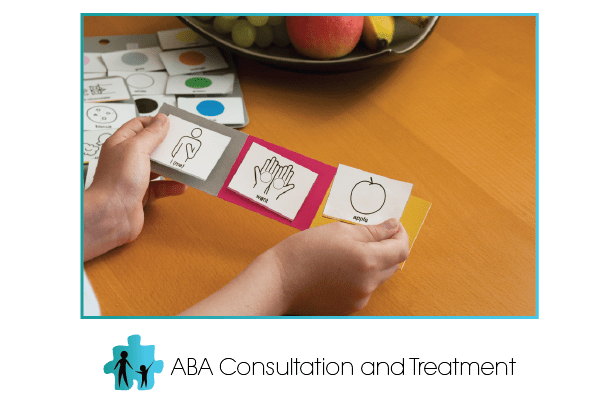Sometimes a simple change in the environment of a student can help improve sessions. It can help decrease problem behaviors and increase productivity.
One way in which an environment can be changed is moving the furniture in a different way. For example, if a child frequently tries to escape session by running away, moving the position of the student’s chair at the table may help. If a child has a difficult time making eye contact, where you are sitting in relation to the child, perhaps at their level or across the table, may help in increasing eye contact.
Another way in which a setting may be altered is adding something to the environment. This could be done by placing a stop sign in a location to stop a student from leaving an area. Another example of adding something might be placing tape around a chair to mark where the chair should stay while the child is sitting.
A third way in which an environment may be changed is taking something out of the environment. There may be too many stimuli on the walls and the student may be easily distracted by it. In this case, taking everything off the wall may help keep the attention on sessions rather than the wall hangings.
A final way of changing an environment is allowing more access to materials that the student needs to complete a certain task. If the student suffers from allergies and is frequently needing to blow his/her nose, placing a box of tissues nearby can help decrease interruptions by leaving a session room to get a tissue every time a child needs one. Also, perhaps keeping a pencil box of supplies nearby the student so they can easily reach for one if a task calls for certain materials (scissors, pencils, glue, etc).
Making changes in the student’s environment can help in several different ways and should be considered if a behavior or situation calls for it. However, if changes are made, they should be faded out as the child’s behavior improves.



